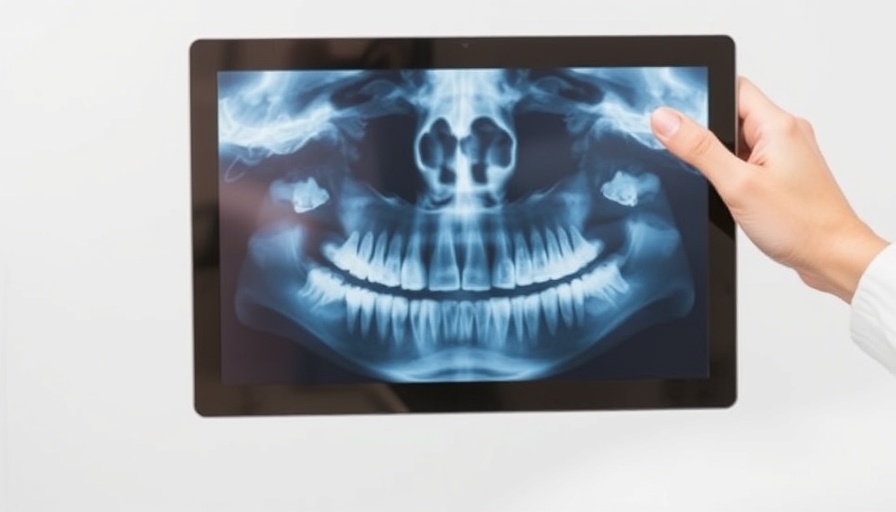
Understanding Digital Dental X-rays: A Modern Solution for Your Dental Needs
In the realm of dental care, the importance of X-rays cannot be overstated. They play an essential role in diagnosing issues that remain hidden to the naked eye, such as cavities and jaw problems. However, with increasing awareness around health, many patients express concern regarding the safety of dental X-rays, particularly in terms of radiation exposure. Enter digital dental X-rays, a groundbreaking technology that promises a safer, more efficient experience. If you're in the market for dental services, understanding these advanced imaging tools can significantly ease any fears and empower you to make informed decisions about your oral health.
The Mechanics of Digital Dental X-rays
Digital dental X-rays operate through electronic sensors instead of traditional film, making the imaging process quicker and more efficient. When a sensor is placed inside your mouth or around your jaws, it instantly transmits images to a computer, allowing your dentist to view high-quality images almost immediately. This contrasts sharply with traditional X-rays, which require development time and typically expose patients to higher radiation levels.
Why You Should Be Concerned: The Benefits of Digital Dental X-rays
With their myriad advantages, it's no wonder why digital dental X-rays have gained traction. These include:
- Lower Radiation Exposure: Digital X-rays emit up to 80% less radiation compared to traditional methods, alleviating concerns for patients worried about radiation risks.
- Instant Results: Gone are the days of waiting for film development; the immediacy of digital imaging decreases chair time and allows for quicker diagnoses.
- Enhanced Image Quality: The high-definition images generated can be adjusted for clarity, enabling your dentist to identify issues like cavities or bone loss more accurately.
- Comfort and Convenience: Smaller and more user-friendly sensors provide a more comfortable experience, especially for those with sensitive gag reflexes. Easy storage and tracking of your dental health progress also contribute to a seamless follow-up process.
Who Benefits from Digital Dental X-rays?
Digital dental X-rays are not just for a specific demographic; they cater to everyone—children, adults, and seniors alike. Here are the patients who stand to benefit the most:
- Radiation-Sensitive Individuals: If you're particularly concerned about radiation exposure, digital X-rays are an excellent choice.
- Frequent Imaging Needs: For those requiring regular imaging—such as individuals undergoing orthodontic treatment or dental assessments—digital X-rays reduce cumulative radiation exposure.
- Patients with Anxiety: The comfortable equipment and fast results can alleviate fears for anxious patients, making dental appointments less daunting.
Future Trends in Dental Imaging
As technological advancements continue to reshape various sectors, dentistry isn't left behind. The integration of AI and advanced imaging techniques is set to streamline procedures further and enhance diagnostic accuracy. Tools like intraoral scanners are gaining popularity, potentially revolutionizing the way practitioners assess patient needs. In the future, expect to see even more user-friendly systems that prioritize patient comfort while delivering top-notch care.
Actionable Insights: What This Means for You
For anyone looking for affordable dental services or requiring specific treatments like cosmetic enhancement or emergency dental issues, knowing how digital dental X-rays work and their associated benefits can help you make smarter choices. Be proactive in asking your dentist about their imaging practices, ensuring that you receive the best care possible during your visits.
Ready to explore your dental options? Schedule a dental appointment online today and take the first step towards a healthier smile!
 Add Row
Add Row  Add
Add 




 Add Row
Add Row  Add
Add 

Write A Comment